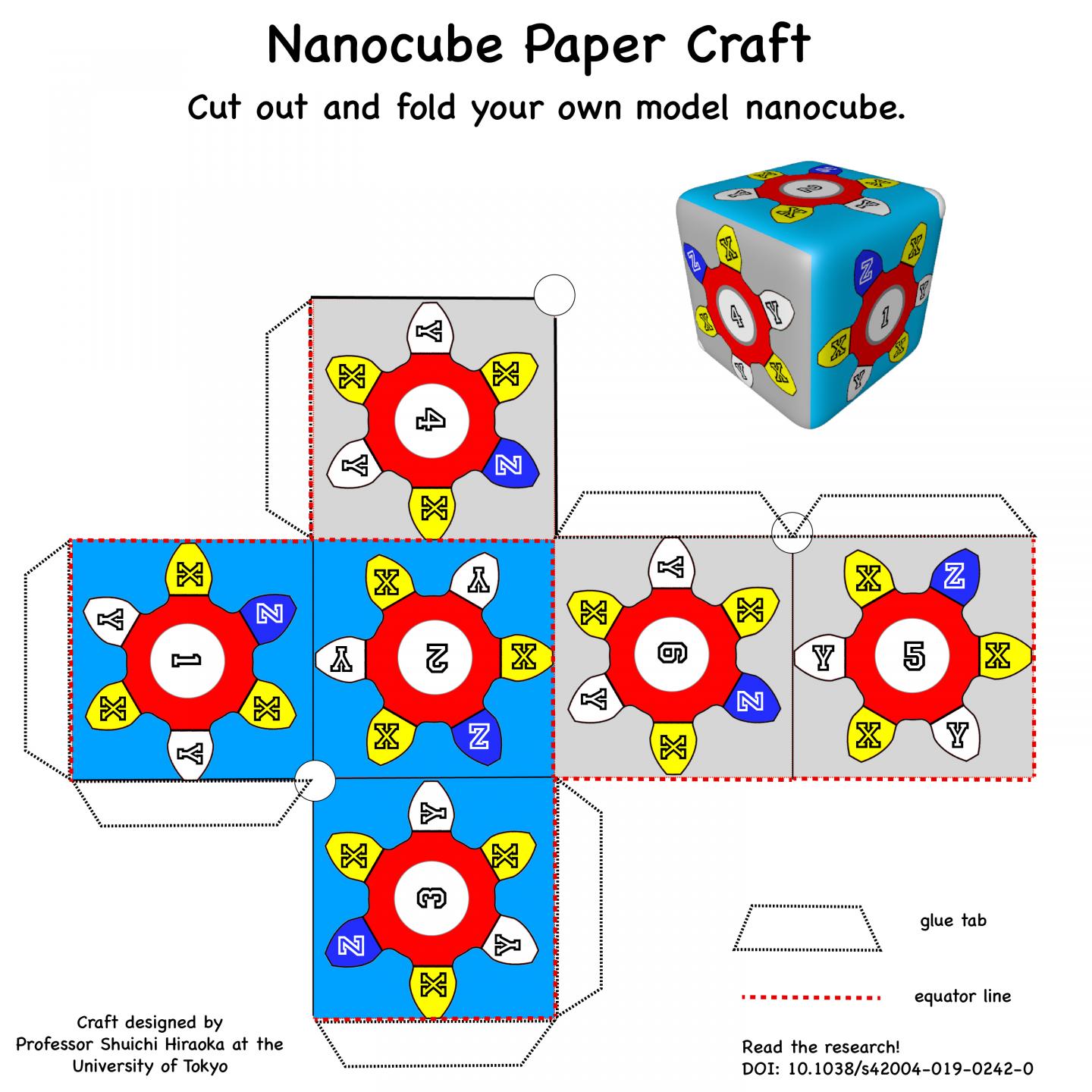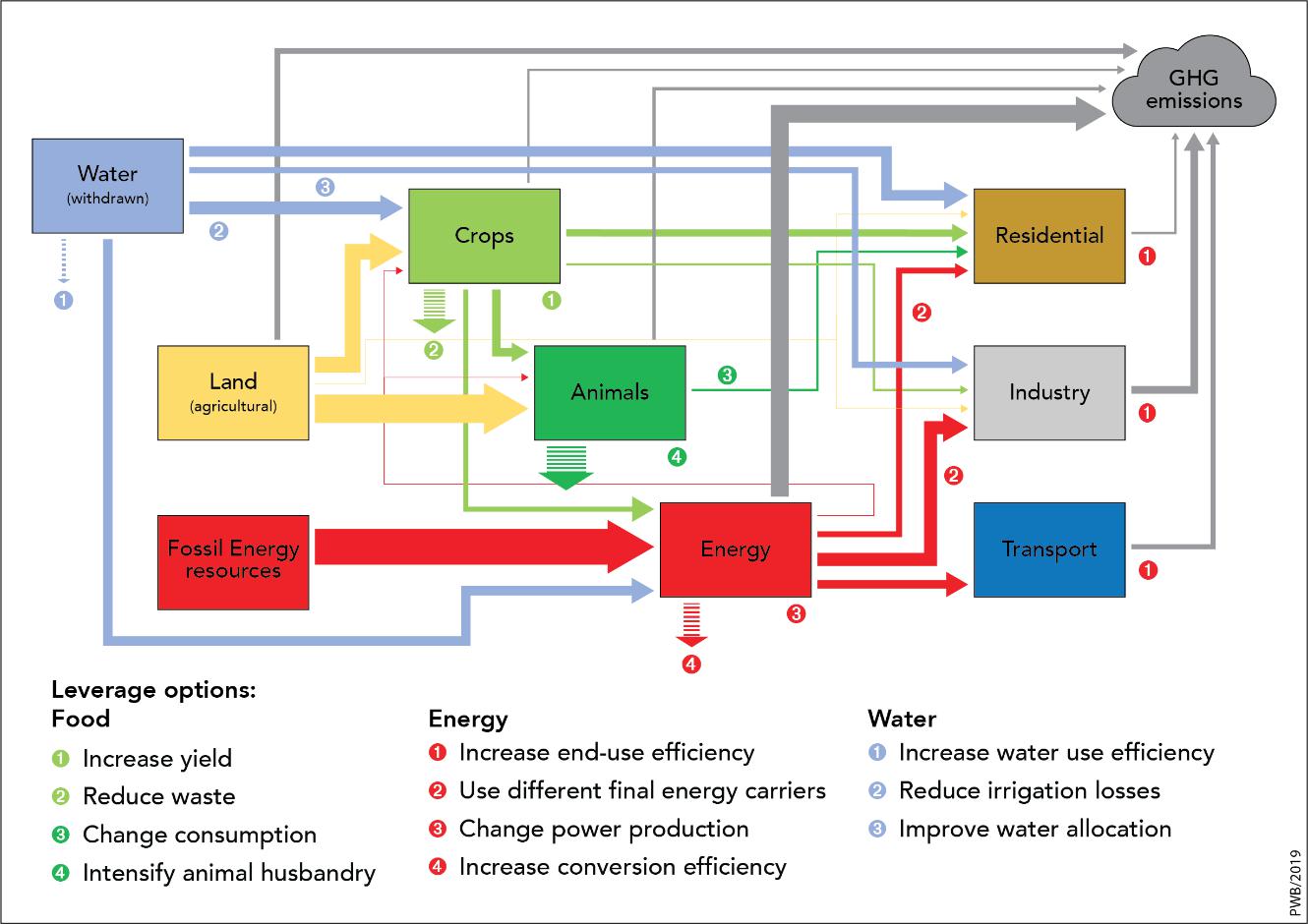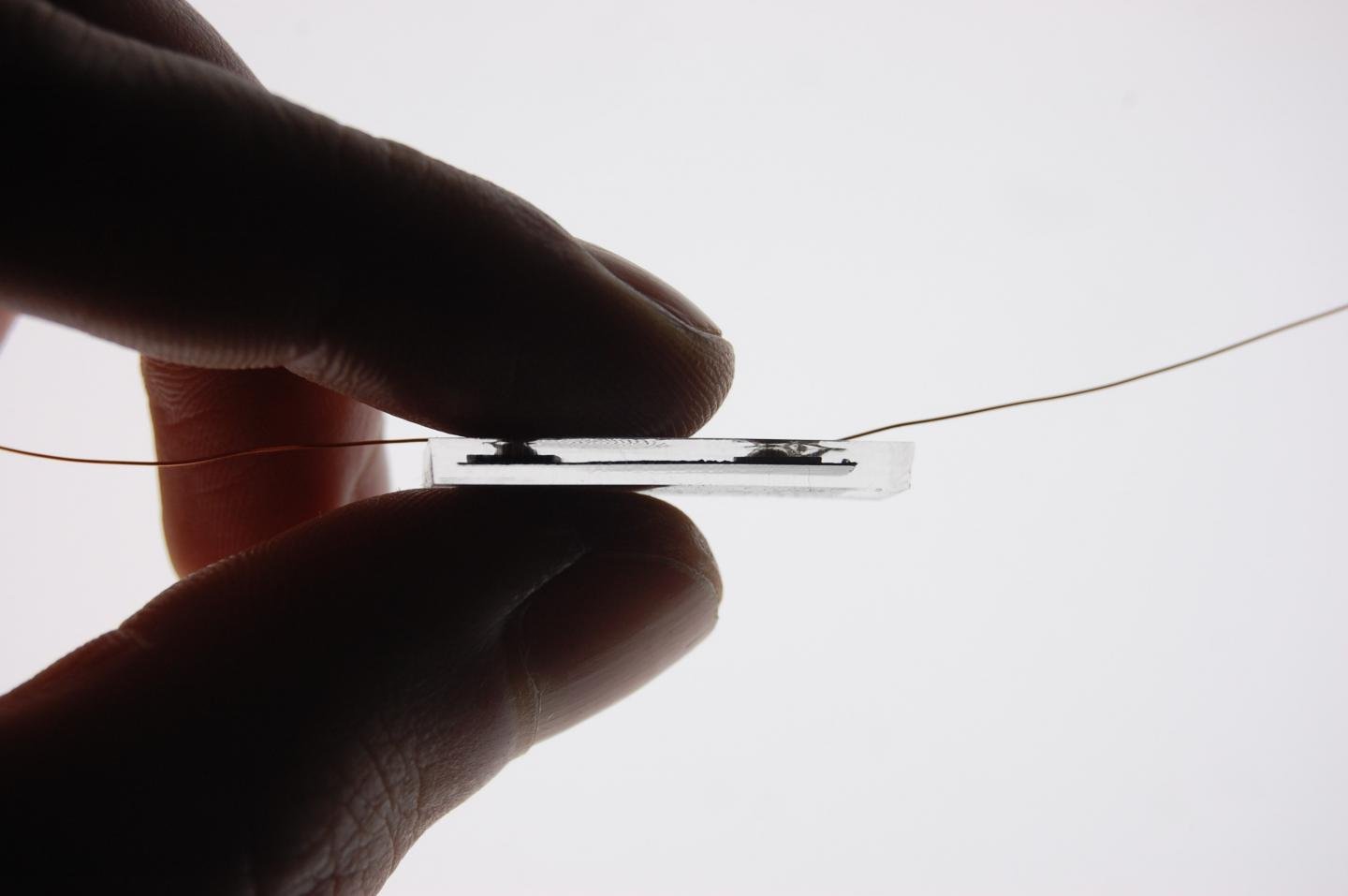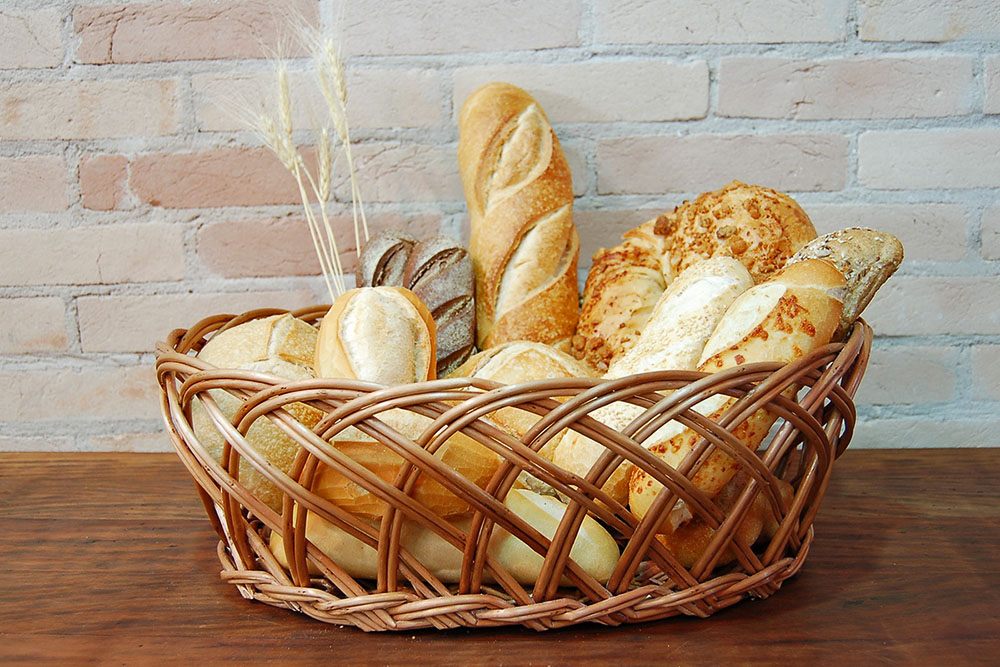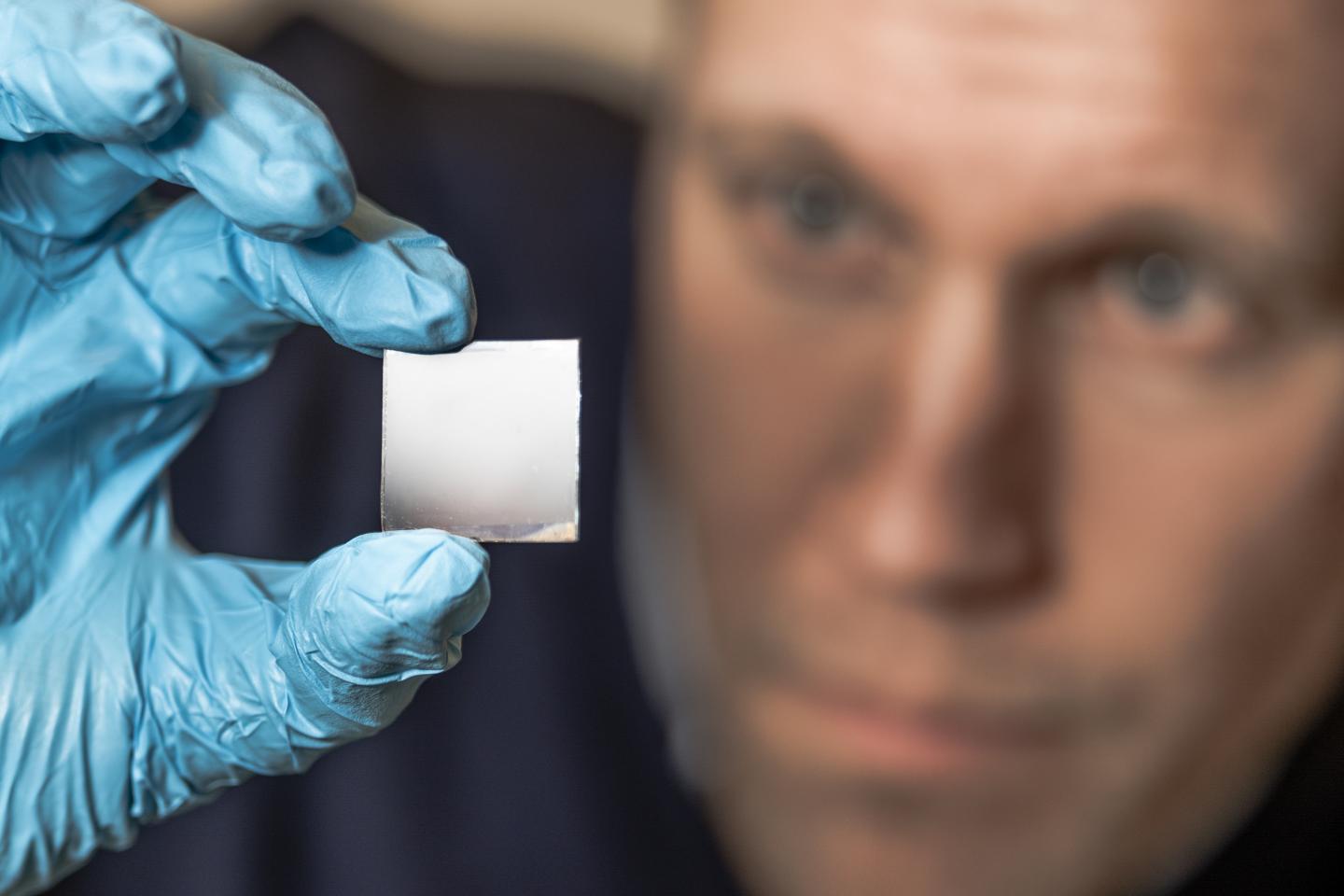Fundamental discoveries for future nanotools: Chemists distinguish multiple weak forces
The process of building a tiny cube has revealed some of the fundamental mysteries of how molecules bind together in natural environments. Researchers hope to apply this knowledge to future projects designing complex structures that can mimic life. When two molecules surrounded by water move towards each other, part of their initial attraction is sometimes … Read more
